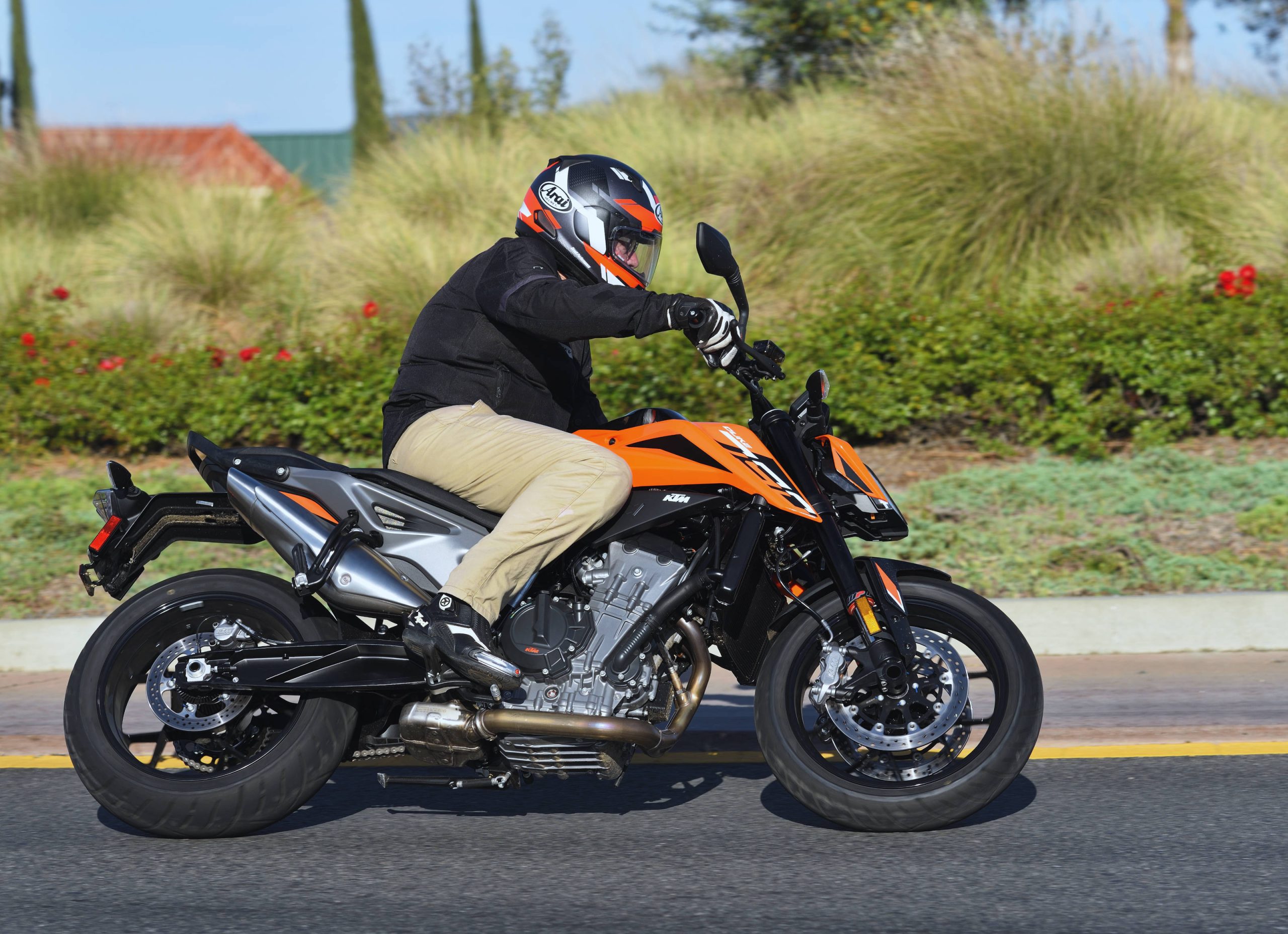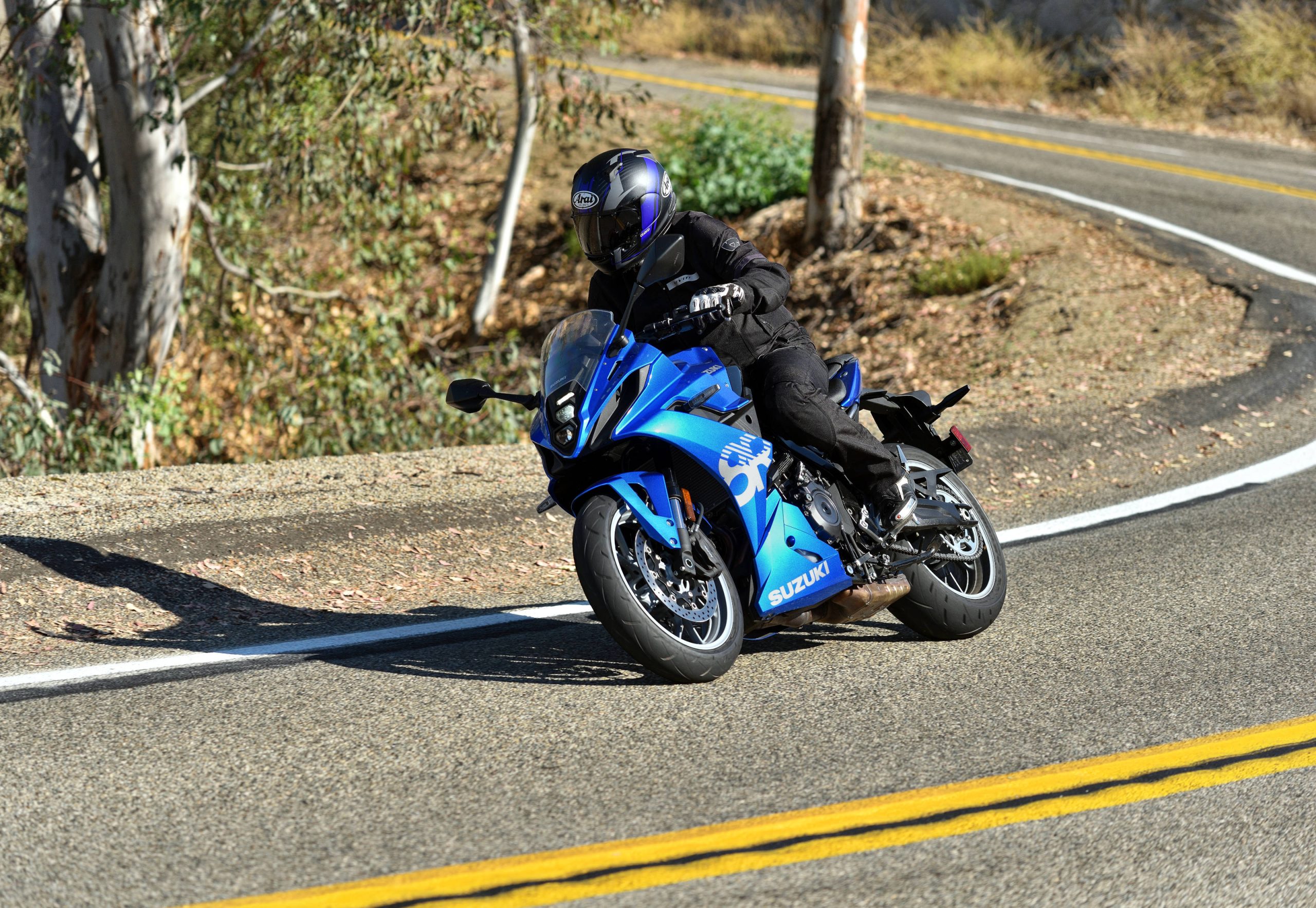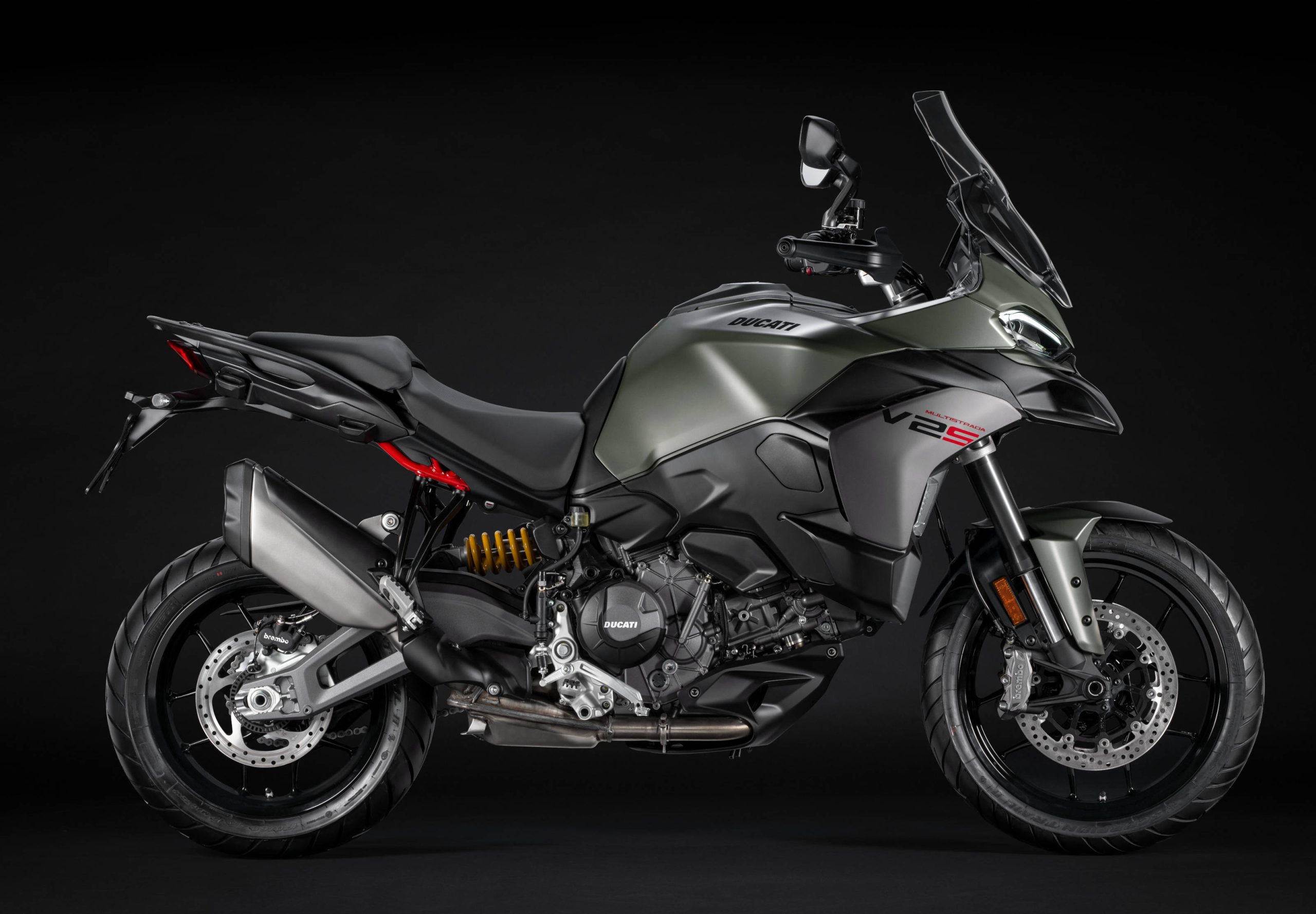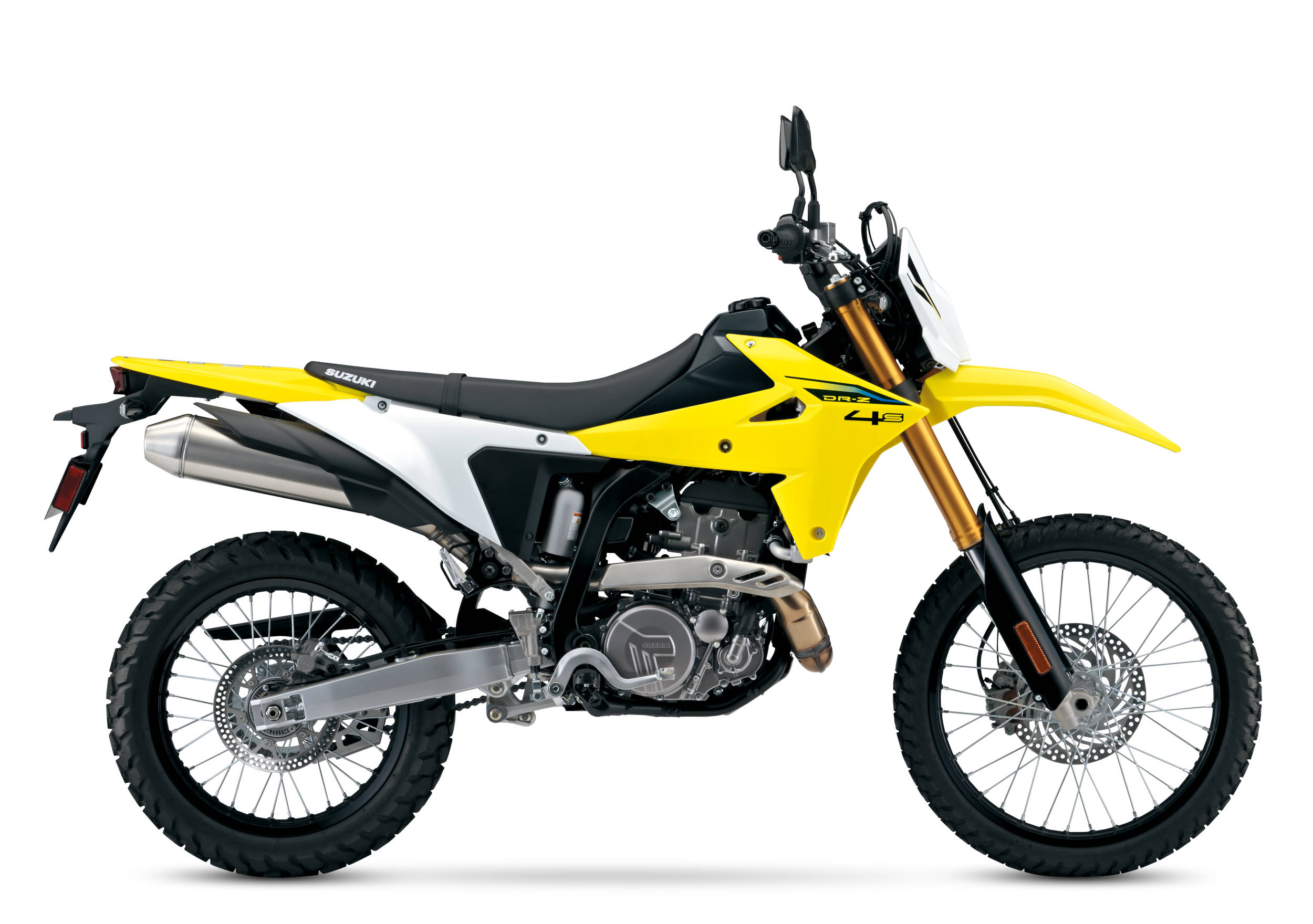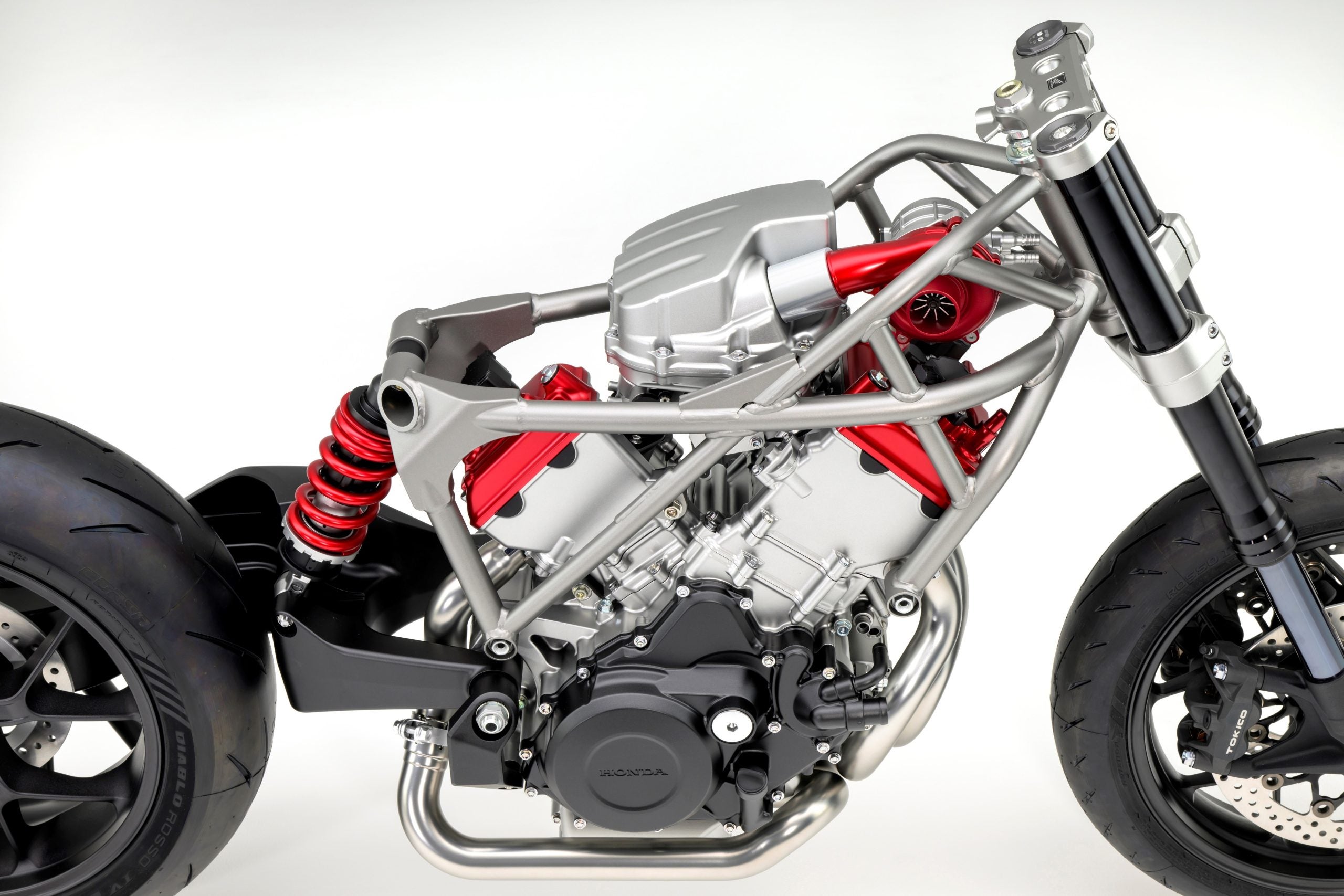As we have written about previously, effective February 10, 2009, in response to the sale of unsafe, lead-tainted toys imported from China, a Congressional Act was passed which, rather bizarrely, effectively bans the manufacture and sale of all youth model motorcycles and ATVs. If the tireless efforts of the motorcycle industry and community of enthusiasts to have the Act changed to exempt motorcycles and ATVs fail, the results will surely be devastating. Take a look at this USA Today article, and please read the press releases below from the AMA Organizer Services, and the Motorcycle Industry Council/Specialty Vehicle Institute of America. Take the time to let your voice be heard.
From AMA Organizer Services
February 18, 2009 – As you may know by now, the Consumer Product Safety Improvement Act of 2008 (CPSIA) has effectively banned the sale of youth off-highway vehicles (OHVs) as of Feb. 10, 2009. The AMA is issuing a repeated call for action to help reverse the potentially devastating effect this could have on the sport of OHV recreation. We are also asking for your help, as promoters and club leaders, to spread the word to your club members, racers and fans to encourage them to get involved.
While this move could cripple the future of the sport, it does appear that there may be relief for the use of motorcycles purchased prior to Feb. 10. The Congressional Research Service (CRS) has compiled a list of prohibited acts in the CPSIA. Neither riding a previously purchased motorcycle nor promoting a race that includes those motorcycles is included on that list. Download the CRS list here.
Still, immediate attention is needed to end this ban on the sale and manufacture of youth model OHVs. In addition to the efforts the AMA is putting in on Capitol Hill, all motorcyclists need to help fight this measure. Here are some quick links to background information and ways you can help reverse this decision:
- Contact your representatives in Congress by using the Take Action button in the Issues and Legislation section of the AMA website.
- Write the Consumer Product Safety Commission (CPSC) directly to encourage them to exclude youth model OHVs here.
- Click here for a page that includes suggested copy for a letter you can send to the CPSC.
- Read the AMA press release on this issue here.
- Read the AMA’s comments to the CPSC here.
- Click here to download a PDF version of the CPSIA.
For regular updates on this issue, please keep a close eye on the AMA website at www.AmericanMotorcyclist.com. You also can sign up to receive AMA Legislative Alerts here.
AMA Organizer Services
For resources, additional bulletins and contact information, visit www.AmericanMotorcyclist.com/organizers.
From the Motorcycle Industry Council and Specialty Vehicle Institute of America
IRVINE, Calif., Feb. 17, 2009 – Thousands of letters to Washington legislators and regulators have been generated by the powersports industry since the ban on youth motorcycles and ATVs began one week ago. The Motorcycle Industry Council and the Specialty Vehicle Institute of America staged a letter-writing campaign at Dealer Expo 2009 in Indianapolis over the weekend, calling for exclusions from the Consumer Product Safety Improvement Act.
All Expo attendees were encouraged to sign letters and send e-mails on behalf of the industry and its customers. The letters will be delivered to the Consumer Product Safety Commission today and copies will be sent to congressional leaders, urging them to support the MIC and SVIA requests for exclusion so that youth models can continue to be sold. The act is cutting off access to appropriate-sized models for children 12 and under, and ruining sales at many dealerships nationwide.
“This was just part of an all-out effort to exclude ATVs and motorcycles from this overly broad regulation,” said Paul Vitrano, general counsel for the MIC and SVIA. “For weeks, we’ve been urging the CPSC to grant our petitions and for members of Congress to support our requests. We’ve worked on a lot of media coverage and we’ll be delivering a lot of mail, from constituents nationwide, about this legislation being bad for both families and business as it pertains to the powersports industry.”
By Monday at noon, 4,390 Expo attendees had signed letters. And more letters were sent directly to representatives, via the Web site of Americans for Responsible Recreational Access (ARRA) at www.arra-access.com. Attendees also were encouraged to visit www.tomself.com, a Web site that helps users generate letters to key congressional subcommittee members. Rep. Tom Self, from the 116th District in Missouri, replaced his home page with a letter-generator to reach out to the U.S. Congress as well as state representatives and senators.
“This situation is serious and we are very concerned about an unintended consequence of the Consumer Product Safety Improvement Act,” Vitrano said. “With right-size models being unavailable to families, we may see more kids out on adult ATVs and we know that this leads to crashes. The CPSC, the ATV industry, consumer groups, safety advocates and parents all agree that it’s critical to keep riders under the age of 16 off of large ATVs designed for adults.”
The industry has urged the CPSC and federal legislators to take a common-sense approach to implementation of the CPSIA’s lead-content provisions and minimize the negative economic impact of the current ruling. Some products may need to be destroyed, which would result in severe hardship to manufacturers, distributors and their dealerships during a time of economic disruption.
Background
On Feb. 5, the CPSC denied a request for an emergency stay, made by the National Association of Manufacturers CPSC Coalition, and joined by the MIC and SVIA. The CPSC stated that it did not have authority under the law to grant such a stay.
The CPSIA, however, includes provisions that enable the CPSC to grant exclusions for products on a case-by-case basis. The MIC and SVIA believe that the lead-content provisions of the act, which originally were aimed at toys that can be mouthed by children, were never intended to apply to youth ATVs and motorcycles.
On Feb. 10, the lead-content provisions of the CPSIA went into effect. Powersports companies are now prohibited from selling products that are intended primarily for youth, aged 12 and under, and having lead content in excess of the limits identified in the act.
Most of the components making up youth powersports products are in compliance. But some parts unavoidably contain small quantities of lead in excess of the CPSIA limits, such as the valve stems on the tires, aluminum in some brake components, and the terminals on the batteries. Lead in these components is necessary, either because small amounts of lead are needed for safety (such as machining the deep grooves on tire valves, which is needed to assure tire air retention) or functionality (such as the lead in battery terminals, which is needed to conduct electricity).
Motorcycle Industry Council
Specialty Vehicle Institute of America
ATV Safety Institute

